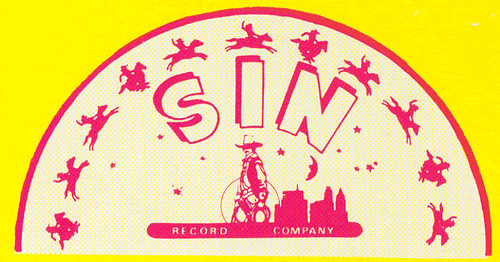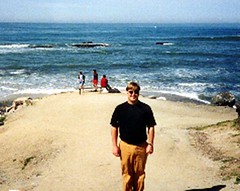
Who's tripping down the streets of the city
Smilin' at everybody she sees
Who's reachin' out to capture a moment
Everyone knows it's Windy
And Windy has stor-my eyes
That flash at the sound of lies
And Windy has wings to fly
Above the clouds (above the clouds)
Above the clouds (above the clouds)
"Windy," The Association
An association copy is a special copy of a book owned by somebody associated with its author and providing a true provenance.
According to the web site of The Chaucer Head Bookshop in Stratford-Upon-Avon:
ASSOCIATION COPY
Books once belonging to the author, signed or annotated by the author, or someone associated with the author of book in some way. Book inscribed by author to famous person, or owned by someone of interest, or someone connected to the book or author.
I have collected books since I could read at the age of three. This is a small gallery of my association copies. I don't have a staggering collection like this former Stanford English
Professor. I was never a student of Jay's in any proper sense of the word. But during my decade in Northern California, I came to cherish our casual conversations around Building 40 and in the Green stacks about books, history and popular culture. I can attest to Jay's wide-ranging brilliance like his "Real" students. This visual essay is in a small way my tribute to some things he taught me.
Willie Morris,
The Courting of Marcus Dupree. Cloth 1st edition. Excellent.
One of my absolute favorite books written near here about several phenomena arising out of Neshoba County and the infamous town of Philadelphia. Here he displays his love of the "place" of the South:

.
Elsewhere I have written of my own affair with my home region.


I first met Willie, when he addressed a Welty Weekend crowd at the
"W" and attended a post-speech dinner at President Rent's
home as the guest/escort of Dr. Ann Balazs. Her husband, my good friend Peter Wood, was out of town on a professional trip.

After dinner Willie and I were secreted away in the library with a little Bourbon and we talked and talked of football (especially the essential brilliance of Herschel Walker in Athens) and favorite Southern Authors (George Washington Cable, Thomas Wolfe, Lewis Nordan . . .). This is probably my rarest and most valuable association copy. Here's what Lemuria says an unsigned first edition is
worth. It
certainly is my favorite one!

Maurice Sendak,
Where The Wild Things Are. Cloth 1st edition. Fine.
A Funny StorySendak was at Harvard for one of those one month visits where he was lecturing to Theater students about the sets for his recent opera in NY. He did a small House reception in Currier that I was lucky enough to finagle an invitation to. I asked him to autography my copy of the book. He asked my name and I replied, "N...No, just your signature, please." He got quite huffy in that paranoid Joisey/New Yawk way. "Who was I? Did I think he was a putz? Should he sign the book just so I could sell it?" I calmly pointed out that I had had the book since it was first published in the 1960s, that he didn't know me and writing some hackneyed cliche to (fill in the blank) went against everything his art stood for, and that I swore on my Mother's honor never to sell this book. He relented, graciously pointing out both my chutzpah and my reasoning skills. Maurice, I stand true to my word 23 years later. Your book holds pride of place in the section of my great uncles' green lawyer book cases—where I store they very best of my children's literature collection, and there it will remain until I die. Unless of course I or some kid is reading it. That after all is the The POINT!

Here's a shot of the book and the cover story on Sendak's visit in my old college paper, the weekly
Indy.
 The Collected Ann Kirn.
The Collected Ann Kirn. Ann was a professor of Art Education at Florida State University and my neighbor atop the heights of San Luis Ridge, where we both lived and where DeSoto probably wintered for the first Christmas in North America by a non-pagan. She both writes and draws her books, often drawing on what would now be trendy multicultural sources (Congo folk tales/anthropology/biological animal traces and the like). There is a wisdom, simplicity, and beauty in her work that has seldom been matched. That they are all out of print is a criminal indictment of the publishing industry in America today who only wants the new, not THE BEST.
In a Garden Cloth. 1st Edition. Fine.
Either this one,
Beeswax Catches a Thief, or
I Spy were my childhood favorites.

 The Rest
The Rest
My very first association copy from 1968, when I was 4.

A six-year old's favorite new book.

Alexander Welsh,
The Hero of the Waverly Novels. Cloth. First edition. Excellent.

Alexander Welsh took his Ph.D. in English from Harvard, studying under Albert Guerrard, Jr. This is a presentation copy of the book that arose from his thesis. The story of how I now possess it required Al to leave Harvard and return to his ancestral, childhood campus of Stanford. No skullduggery was involved. When I arrived at Stanford in September 1986, Albert was an
eminence grise in both senses of the phrase. Retired to his beautiful campus estate, he cleared out his library by donating it to the book sales fundraisers run out of Meyers undergraduate library. I was lucky enough to snag this very special book. Especially special to me, since my undergraduate
History and Literature thesis, "The Novel Uprising: Sir Walter Scott and Revolution", relied on it heavily as an Ur-Text. I know Jay would have been proud that I found and snagged it for something like $0.75. Should Professor Welsh see this, the book is rightfully yours now and all you have to do is ask . . . even if you have gone over to the Dark Side up there in
New Haven.

Simon Frith,
Sound Effects. Paper. 1st edition. Fine.
I taught one of the first popular classes on rock and roll in the English Department at Stanford. One set of students even formed their own punk band for a presentation, which was suitably loud and annoying (I believe they only knew two chords!) to the Latin and Greek classes happening at the same time in the
building 70 of the
Stanford Quad.

Donald Mabry beat me to the punch by a decade here in the Golden Triangle. When he retired he graciously doubled the size of my then popular music collection with the contents of his personal library. This was my favorite new edition because I had first heard Simon lecture in 1986 at the University of York with an early version of his and Angela McRobbie's work on
rock and sexuality. Since that time I have carried on a very pleaurable, if intermittent correpsondence with Simon about everything from the essential brilliance of the Gamble and Huff 45s of the early 1970s to the trouble with phasing on AM radio as another influence on Kevin Shield's tonal palette for
Loveless. Simon is an extremely kind person who has often offered me encouragement to continue working on and thinking about popular music.

Lewis Carroll.
Through The Looking Glass and What Alice Found There.
Cloth NY Undated (as early as 1895 and no later than the 1920s). Fine with 50 illustrations by
John Tenniel.

The most special book in my collection. It was first owned by one Elizabeth McBride of Roanoke, VA. In the early 1940s, she gave it to her daughter, Jenn Kosko (as the pencilled-in inscription reads). In 1984, she gave it to her son, George Evans Light, then of Cambridge, MA. Someday, he will pass it along to the right son or daughter.

Marcus Mabry,
White Bucks and Black-Eyed Peas. Cloth 1st edition.
Marcus was a student in the very first section I ever taught of George Brown's "History of the English Language" class. He is now a famous ex-patriate
Newsweeek Senior Contributor. Back then he was a little more "Super Fly!" The inscription references that class section.
+1:87.JPG)

We were all a little thinner and with bigger hair back then . . .


and finally two by Greil Marcus. First up
Mystery Train Paper. 2nd Edition Revised. Fine.

I got this book signed at
Kepler's in Menlo Park after a reading for the paperback version of
Dead Elvis which is significant for several reasons. First, it was Greil's childhood haunt. Second, it is one of the Bay Area's
great independent bookstores. Thirdly, Greil was a key supporter in bringing Kepler's back as a collectively-owned and run indy bookstore. For that act alone, he is a
MENSCH!

and finally
Lipstick Traces. Cloth 1st Edition. Excellent.

He kindly signed this at his 1991 reading of
Invisible Republic at the late lamented Printer's Inc. on California Avenue in Palo Alto. Sorry Greil, I always refer to the book's original titles.

One of two books, that along with that continual moneymaker
The Loeb Classical Library Green and Red series, kept Harvard University Press not only afloat but rampant during a difficult period for academic publishing. The other was of course Eudora Welty's
One Writer's Beginnings, based on the lectures she gave at Radcliffe in 1983, that I was lucky enough to hear. Apparently that copy even unsigned has some
value!
DoublesA brief word about the multiple ownwership of the same book (be it exactly identical editions or not). That's why they call you a bibliophile. I don't try to set records, but my personal one is 4: 2 1967 1st pressings of The Beatles'
Sgt. Pepper's (mine and William A. McClung's), a 1981 reissue that doesn't skip, and the mid-90s era CD release. Below is my best doubled association copy of E. M. W. Tillyard's classic
The Elizabethan World Picture. When I first moved to Starkville, I haunted the stacks of Mitchell Memorial Library not having much else to do and befriended the soon-to-be-retired William P. Allan, a reference librarian, who specialized in Early Modern English literature and history. Nearing retirement, he offered to let me cherry pick his collection. He was proud of owning the Tillyard book. I didn't have the heart to tell him I had a 2nd copy that actually still had most of the paper dusk jacket intact. Here's all I know about R. F. Elmes. When he died, he sold his book estate to a shop in Ripon, North Yorkshire (St. Margaret's 10-11 Kirkgate on the Minster Square), where I found it and acquired a number of classic mid-century texts by such authors as J. R. R. Tolkien, C. S Lewis, J. E. Neale, G. E. Bentley, Douglas Bush (whew finally somebody without initials) and — wait... for... it — G. R. Elton.

 Finally a Note About Mistakes (i.e. Capital Alienated From Labour) after Marx
Finally a Note About Mistakes (i.e. Capital Alienated From Labour) after MarxFor collectors, especially numismatists and philatelists, mistakes are where the real action is. The same can be said for some areas of English Literature. Obviously Charlton Hinman made a career out of the variations in the First Folio of Shakespeare (1623). I had an extraordinary copy of a book which I lost in the blind attempt to replace it with a corrected text. Ah, the folly of youth. You see I had the mother of all screwed up paperback editions of Simon Schama's masterly
The Embarassment of Riches. And how appropriate a title as we shall see. In a book of 698 pages, I had 4 lengthy sections of an average of 75 pages completely missing. What?!? you mean The War of Spanish Succession is just a myth! In their places, one section repeated the same 15 page run over and over and over and over and over until it ended with its final quire missing. So no holy hosanna coda . . . Another one read like Schama was riffing on Sterne or Cortazar: its pagination ran 698, 697, 696, 666
(!), 403, 404, 333, 334, 207, 91
et cetera et cetera et cetera. If I'd only I been a bit wiser on that trip to "Bezerkeley" and not visited the UC Press Book Shop in a snit, I'd still have this not-so-small gem of an "edition," rather than seeing it be pulped. Now whomever produced it surely is the working definition of alienated labor. But perhaps the Bard was right in reminding us that Rumour
is a pipe Blown by surmises, jealousies, conjectures, And of so easy and so plain a stop That the blunt monster with uncounted heads, The still-discordant wavering multitude, Can play upon it.
King Henry IV Part II, "Induction"
.
Here endeth the discourse on association.


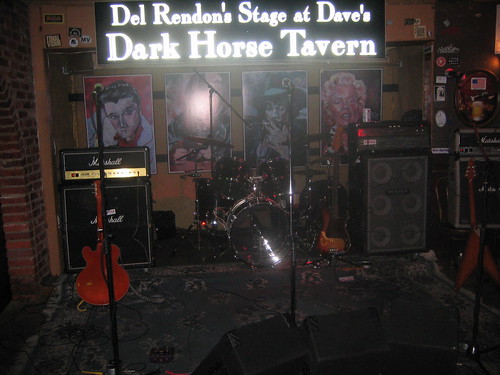
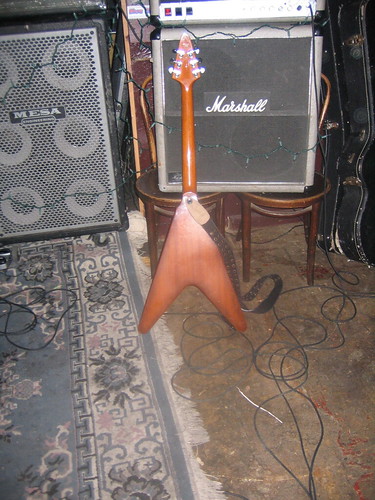
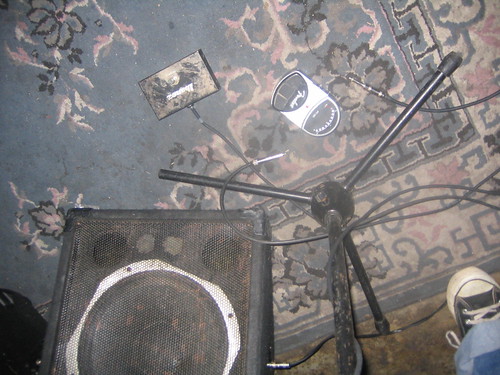
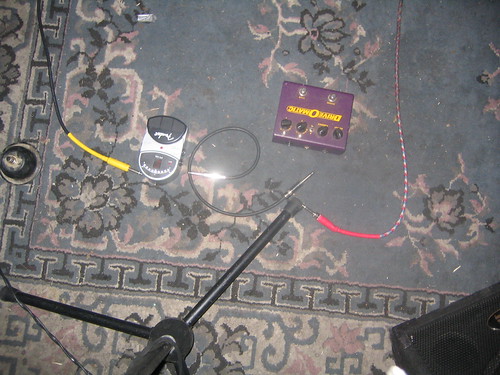
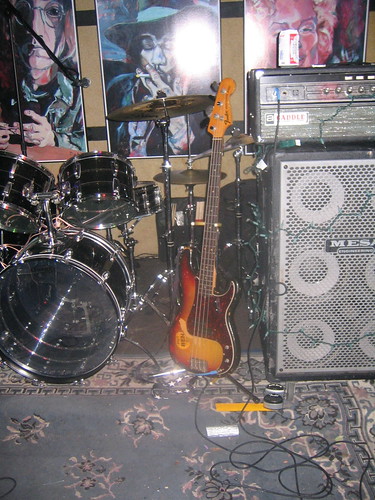
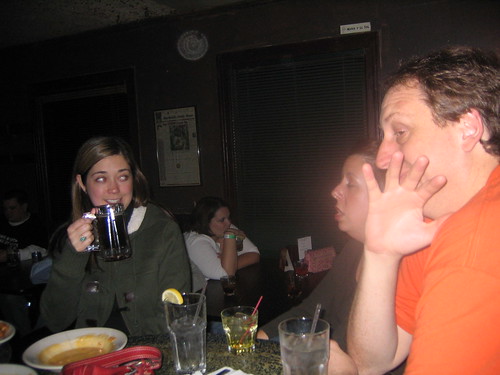
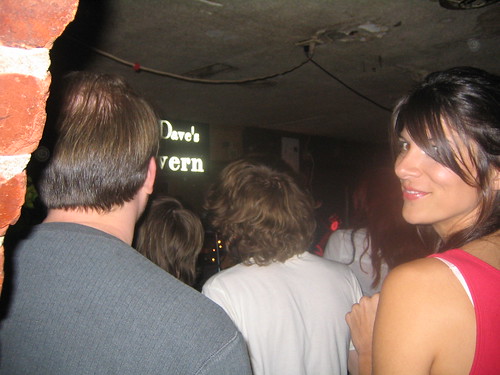



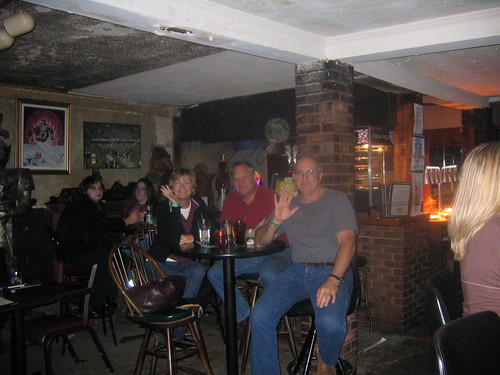

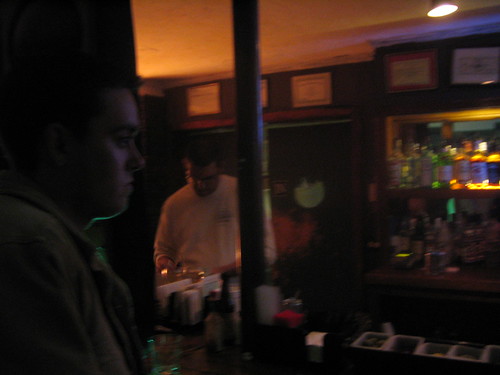
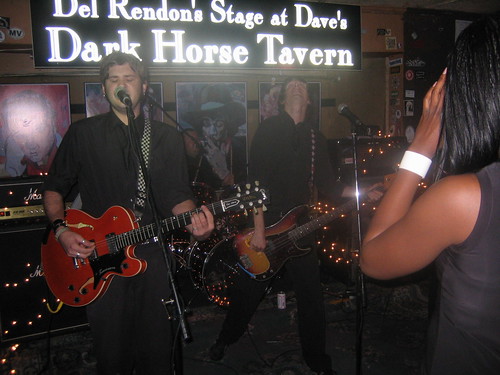
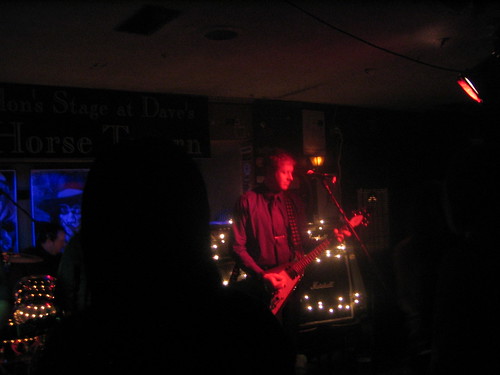




















+1:87.JPG)











